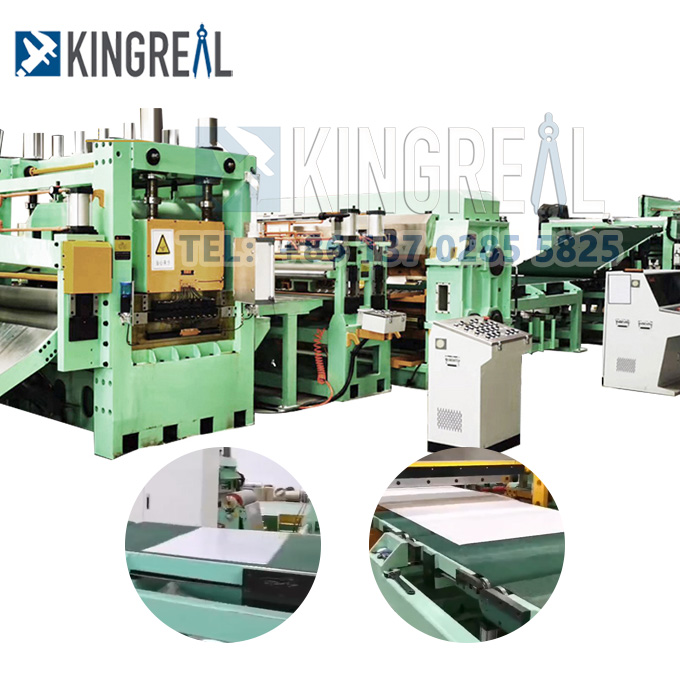Unraveling Precision: The Key Role of a Precision Leveler in Stainless Steel CTL Lines
2023-12-08
Introduction:
In the intricate world of steel processing, precision is paramount. Stainless steel, known for its durability and resistance to corrosion, demands meticulous handling to ensure the highest quality in the final product. At the heart of this precision lies a critical component in the Cut to Length (CTL) process: the Precision Leveler. In this blog, we'll delve into the primary function of a Precision Leveler in a Stainless Steel CTL Line and its pivotal role in achieving flatness and consistency.
The Precision Leveler: A Crucial Link in the CTL Chain
1. Flattening Stainless Steel:
The primary function of a Precision Leveler in a Stainless Steel CTL Line is to impart flatness to the stainless steel sheets. As the material passes through the Precision Leveler, it undergoes a controlled process that minimizes undulations, warping, or any other irregularities. This is crucial for applications where a flat and even surface is non-negotiable.
2. Eliminating Residual Stress:
Stainless steel sheets, especially those produced through rolling processes, can carry residual stresses. The Precision Leveler strategically exerts pressure on the material to eliminate these stresses. By doing so, it contributes to the enhancement of the material's mechanical properties and ensures a stable and stress-free end product.
3. Enhancing Surface Quality:
Precision Levelers play a pivotal role in improving the surface quality of stainless steel sheets. By mitigating imperfections and irregularities, the leveler contributes to a smoother and more aesthetically pleasing surface finish. This is particularly crucial in applications where appearance matters, such as architectural components or consumer goods.
4. Achieving Consistency in Thickness:
Maintaining uniform thickness across stainless steel sheets is essential in various applications, from construction to manufacturing. The Precision Leveler helps achieve consistency by ensuring that the material is evenly distributed, preventing variations that could compromise the intended specifications.
5. Catering to Tight Tolerances:
Stainless steel applications often require adherence to tight tolerances. The Precision Leveler's ability to precisely control the leveling process is instrumental in meeting these specifications. Whether the sheets are destined for automotive components or aerospace structures, the leveler ensures that they meet the stringent standards of the industry.
6. Enabling Further Processing:
Once the stainless steel sheets have undergone the precision leveling process, they become better suited for subsequent manufacturing operations. Whether it's cutting, stamping, or forming, the flatness achieved by the Precision Leveler provides a stable foundation for further processing steps, contributing to the efficiency of the overall production line.
7. Supporting Automation and Efficiency:
In modern manufacturing environments, efficiency is key. Precision Levelers are often integrated into automated CTL lines, where they play a central role in streamlining the production process. Automated adjustments and controls allow for rapid and precise leveling, contributing to increased throughput and reduced downtime.
Conclusion:
The Precision Leveler in a Stainless Steel CTL Line serves as a linchpin in the pursuit of precision and quality. From imparting flatness and eliminating stresses to ensuring consistency and supporting subsequent processing, its functions are multifaceted and indispensable. As stainless steel continues to be a material of choice in diverse industries, the role of the Precision Leveler remains pivotal in shaping the flat and flawless sheets that drive innovation and reliability.



